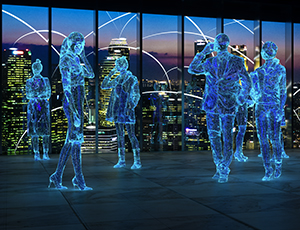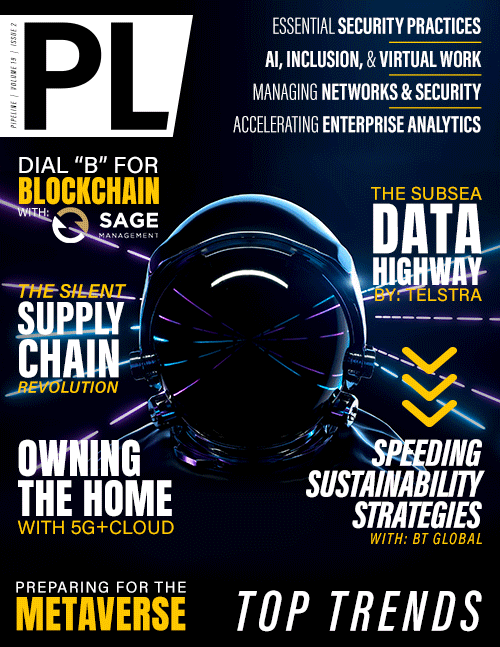Preparing for the Metaverse

The metaverse will create a set of new demands on our communications systems that are different from what previous changes in technology and living conditions created. The advent of the metaverse will bring stringent demands for reduced latency that will accelerate a move away from Transmission Control Protocol/Internet Protocol (TCP/IP), which may result in a return to circuit switching or something similar. There is likely to be a stream of new standards and products that have a foundation drawing heavily on circuit-switched concepts.
These new standards and associated products, though, will take some time to get to large installed bases. As metaverse applications take off, communication service providers (CSPs) and hyperscalers are likely to face demands for low-latency infrastructure. One way to fill the gap before new technology solutions appear is to dust off the expertise in and software support for virtual packet switching. Making the existing installed base perform with minimum latencies while onboarding new technologies will require fine granularity orchestration. CSPs, cloud providers, and the vendors supporting them should be preparing for this now.
Previous network challenges
Two big changes our networks faced in our recent past were:
- Moving from email and web browsing to watching movies over the Internet.
- Explosion of Zoom (and similar services) triggered by the pandemic.
The first was handled by the deployment of local points of presence where the content was cached closer to the consumer. The second generated an overall increase in traffic, but there were generally relaxed quality of service (QoS) constraints. We came to accept that there would be:
- Delays between when someone spoke and another party heard what was said.
- Difference in the timing of seeing lips moving and words heard.
- Static images of people’s heads and shoulders.
- Frozen screens
- People dropping off and coming back on.
- Some countries and network operators blocking services.
- Problems with privacy and security.
Metaverses present network challenges that are fundamentally different.
The new network challenges of the metaverse
In a metaverse, people from all over the world want to interact with each other and virtual environments in a fashion similar to how they interact with each other in real-world environments. Users will connect via interfaces such as haptic interfaces, gloves, glasses, body-tracking sensors, static full-motion video, moving full-motion video, and more. Users may be abstracted as avatars, represented by real-time images of themselves, or combinations of these two. There will be an expectation of full-body images that move and interact in real time.
Similarly, environments may be:
- Fully designed and created virtually.
- Naturally occurring static spaces.
- Naturally occurring dynamic spaces captured in real time.
- Combinations of all of these.
Whether virtual, natural, or combinations, environments may have inputs coming from many sources around the globe. Not only must users interact with each other, but they also must interact with their environments. Some of these interactions may be obvious, such as picking up an object. But others may not be so obvious. For example, the wind must cause a virtual character’s (avatar, real, or combo) clothes to flutter. Light and



















